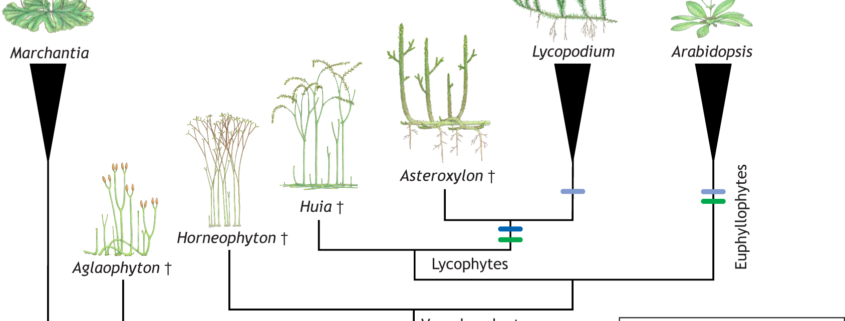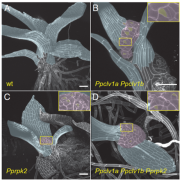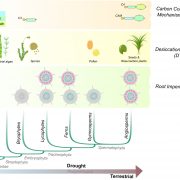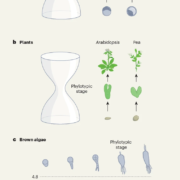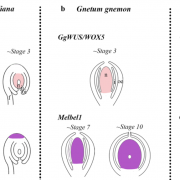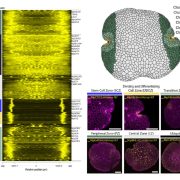Spotlight: The role of fossils for reconstructing the evolution of plant development
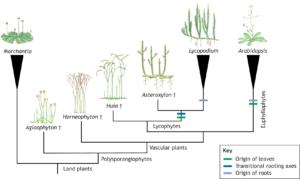 I suspect if we asked someone to describe a fossil we’d hear a lot about dinosaur bones. Certainly, science museums are full of fossilized animal remains, which have greatly informed our understanding of animal evolution. Plant fossils similarly are rich sources of information about plant evolution and evolutionary development (evo-devo), as highlighted here by Hetherington. The author starts with an observation that reconstructing evolution using only extant species misses out on all the stages that have become extinct, so can miss key forms and events (imagine trying to understand where birds came from without knowing about dinosaurs). He notes that piecing together plant evo-devo is challenging because most of the major innovations in plant form occurred 350 million years ago, well before the time when most terrestrial animals were around. He makes the important point that if we only studied living plants, we would assume that leaves and roots each arise a single time, yet when we add in information from the fossil record it is apparent that the arose at least twice. This is a fascinating Spotlight article certainly worth sharing with students. (Summary by Mary Williams @PlantTeaching) Development 10.1242/dev.204322
I suspect if we asked someone to describe a fossil we’d hear a lot about dinosaur bones. Certainly, science museums are full of fossilized animal remains, which have greatly informed our understanding of animal evolution. Plant fossils similarly are rich sources of information about plant evolution and evolutionary development (evo-devo), as highlighted here by Hetherington. The author starts with an observation that reconstructing evolution using only extant species misses out on all the stages that have become extinct, so can miss key forms and events (imagine trying to understand where birds came from without knowing about dinosaurs). He notes that piecing together plant evo-devo is challenging because most of the major innovations in plant form occurred 350 million years ago, well before the time when most terrestrial animals were around. He makes the important point that if we only studied living plants, we would assume that leaves and roots each arise a single time, yet when we add in information from the fossil record it is apparent that the arose at least twice. This is a fascinating Spotlight article certainly worth sharing with students. (Summary by Mary Williams @PlantTeaching) Development 10.1242/dev.204322


